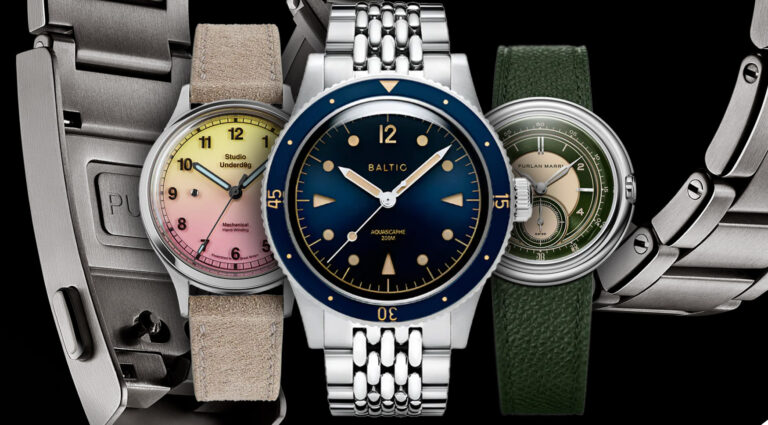buffy acacia
If you’ve only been a watch enthusiast for a few years, you may not realize how important the proliferation of microbrands is to the industry. Not so long ago, if you only had $250 to spend on a watch, it was hard to find one outside of the quartz junk at a department store. There were some solid choices from affordable Japanese brands, but I needed to know where to find them. Now we have a titanium case, sapphire crystal, and reliable mechanical movement, all at an incredible price. Here’s what big brands can learn from microbrands to maintain respect and prestige.
On-the-fly bracelet adjustment
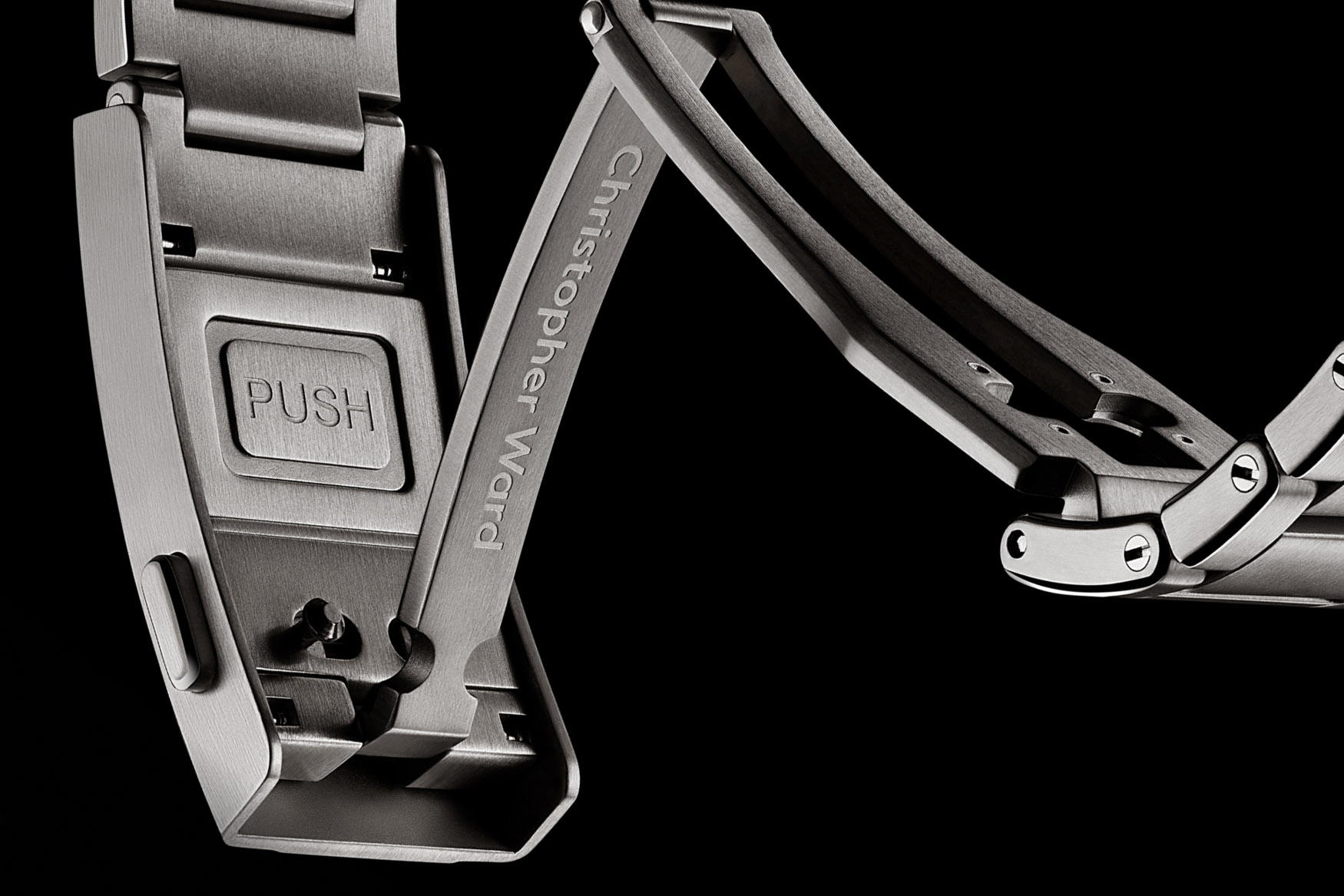
To be clear, microbrands did not invent on-the-fly bracelet adjustments at all. Big name brands like Omega and Rolex have used this watch over the years, and when it was introduced, it felt like a truly special experience that only luxury watches can offer. Mass-produced bracelet clasps with built-in on-the-fly adjustability now appear in the catalogs of hundreds of microbrands, most of whose components are made in China. The branded bracelet itself can be as unique as you like, but as long as the clasp size matches, you can include on-the-fly adjustments to the clasp without unreasonable price increases. . Christopher Ward introduced on-the-fly adjustment several years ago, and their bracelets are some of the most well-received on the market.
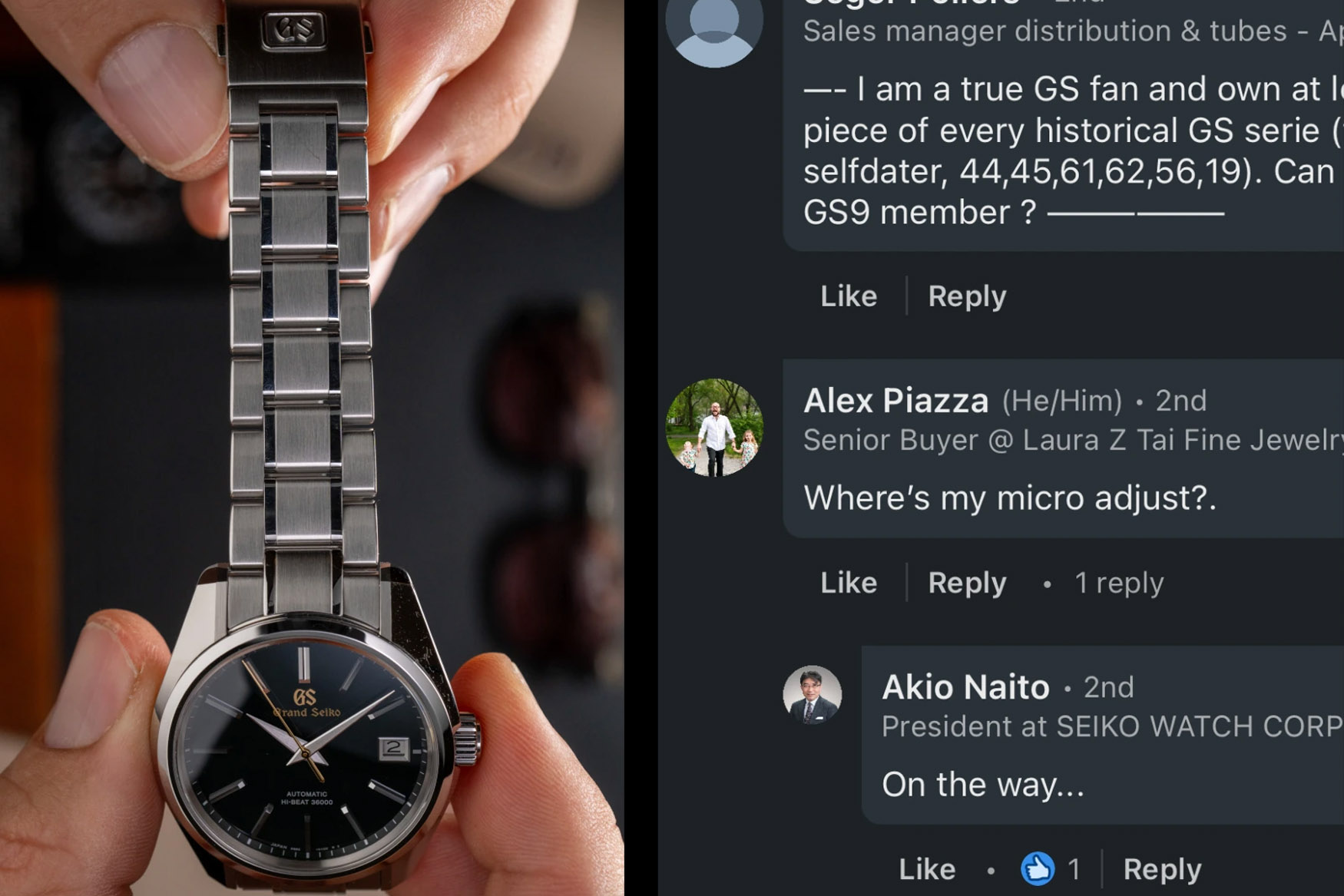
Now that it’s more common, it’s becoming even more painful to see respected brands still not catching up with the trend. Introducing new clasp systems can be difficult and expensive when all manufacturing is set up a certain way, but it feels like many high-end brands are falling behind. After all, what do customers think when they find a watch that costs one-tenth the price of a luxury watch but has better features? Now common knowledge, the ability to open a few extra millimeters without tools is extremely useful in terms of comfort and convenience. At least Seiko President Akio Naito said such a clasp was in development.
Accessible brand community
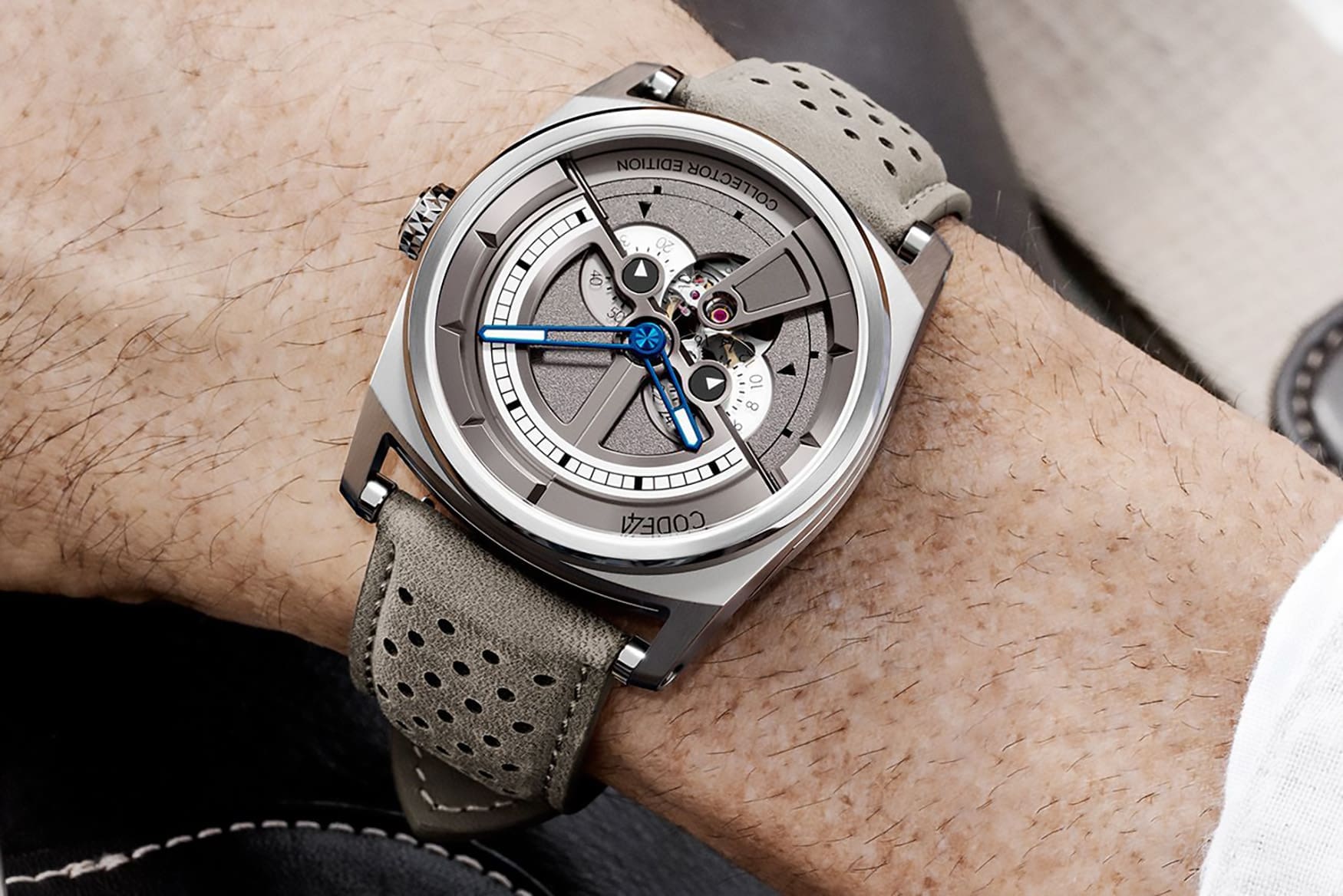
Buying a watch from a major company can feel like standing alone at the foot of a mountain. Their sublime presence gives them an otherworldly quality that makes you feel lucky to buy from them and grateful for the opportunity. On the other hand, even if a microbrand operates at a premium price point, the gratitude goes to the customer. Not only that, but the community that supports the business gets some input into the watch itself, whether it’s through customer service listening, or surveys that crowdsource design choices and color palettes.

Some microbrands even allow the community to contact the founder directly, which makes sense if it’s a one-person operation. That’s never possible in a large company, but the feeling that your comments and feedback are being heard and acted upon is invaluable. Additionally, all brands should actively strive to foster a positive community. High-end forums can be intimidating and uninviting, and social media comment sections are no different. It’s never a question of price, but a question of attitude surrounding watches. Code41 is a great example of a brand that is democratizing luxury watchmaking and making costs and profit margins 100% transparent.
Design freedom within your brand identity
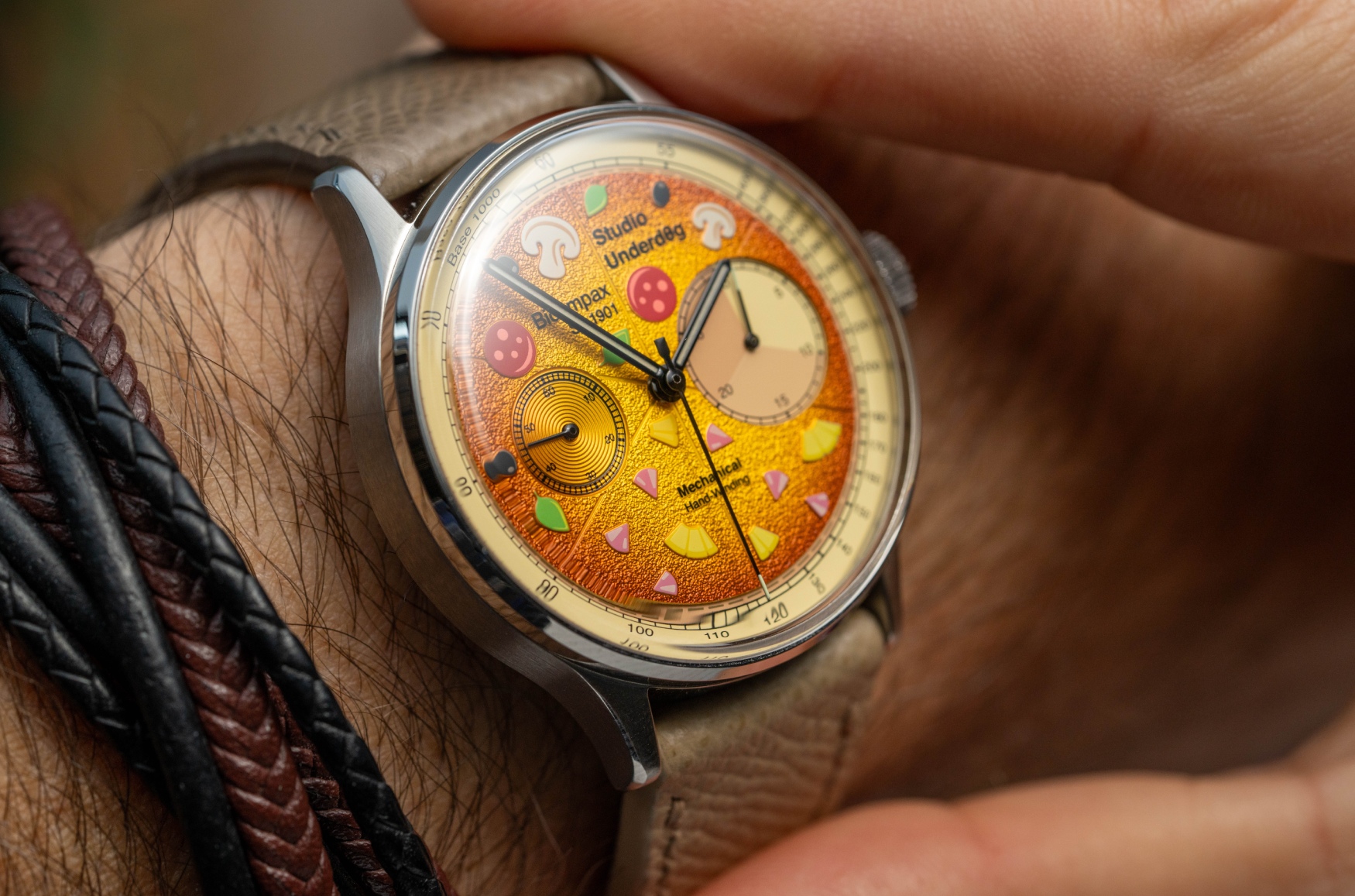
If you flip through the catalogs of major brands, you’ll find many examples where it feels like they don’t actually have a clear identity. There may be two or three popular flagship models, but there will also be a number of models that just seem to fill in the gaps. Not only do microbrands have complete freedom to design whatever they want, but their business model relies on every new release being a hit. This creates an all-killer, seamless feel that often represents a stronger brand identity, even if the individual watches are very different. Take Studio Underd0g, for example, whose design language is comprehensive and consistent across incredibly unique models.
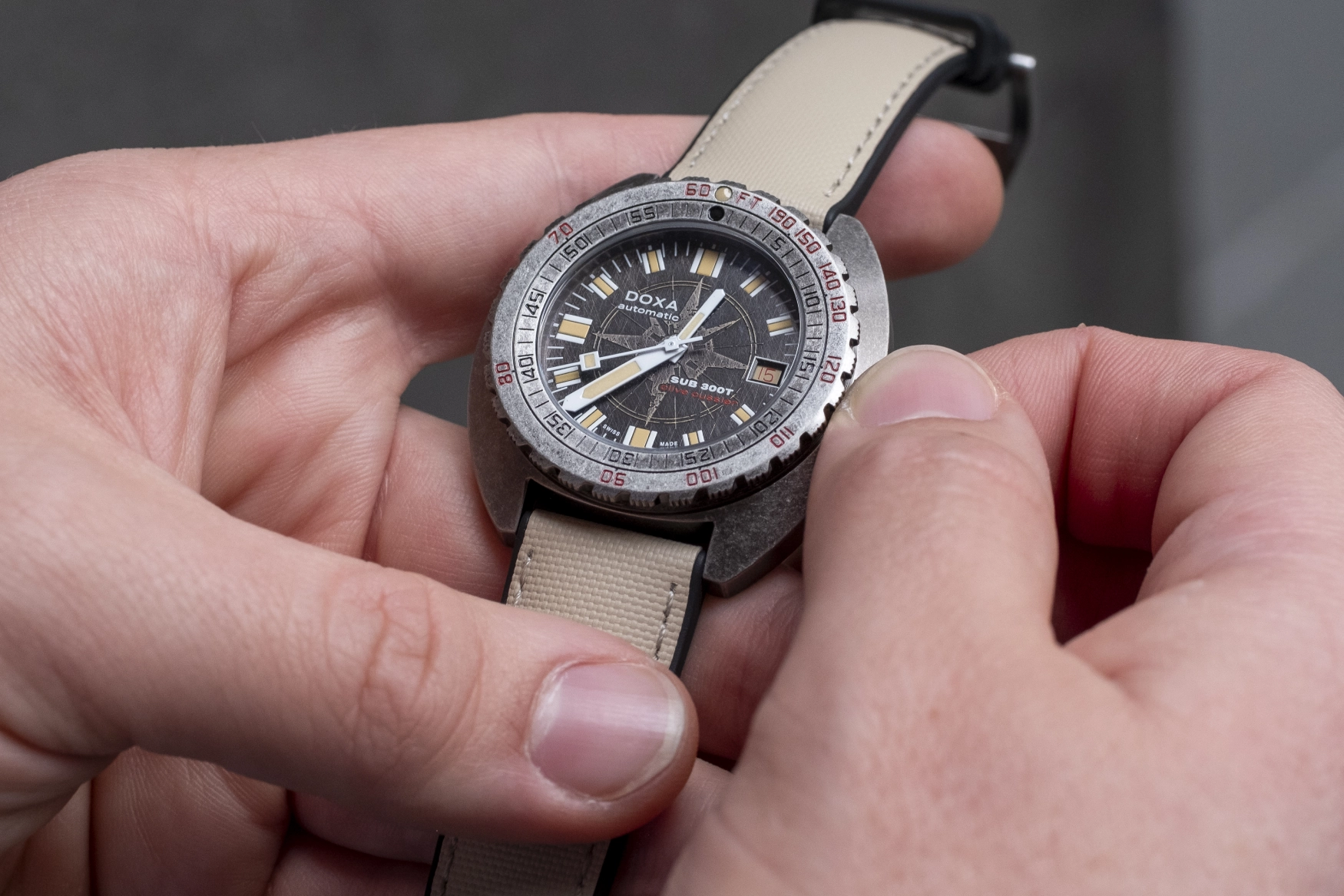
Some big brands have been unconventional lately, with Doxa venturing into the world of Clive Cussler, with experimental finishing techniques, case materials, and even shapes taking precedence over classic stoicism. is becoming increasingly clear. If major manufacturers are afraid of wandering outside of their established identities, they’re probably pushing themselves into a corner.
